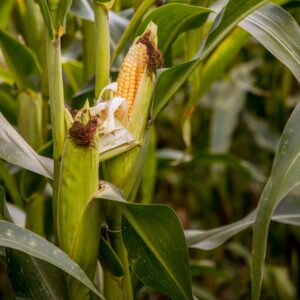
Dried fruit is fruit that has been dried, either naturally or through use of a machine, such as a food dehydrator. Raisins, prunes and dates are examples of popular dried fruits. Other fruits such as apples, apricots, bananas, cranberries, figs, kiwi, mangoes, nectarines, papaya, peaches, pears, persimmons, pineapples, strawberries and tomatoes may also be dried.
The global increase in health consciousness has the South African dried fruit industry. The website https://driedfruitsa.co.za sets out the health benefits of the individual fruit species as dried fruit.
Advantages of dried fruit production include:
The global dried fruit market is valued at around 11 billion USD, with dried grapes (raisins) occupying a significant share of around 25-30% (Raisins SA, 2023).
The largest producers of raisins are Turkey, China, US, Chile, South Africa, Argentina, Afghanistan, Uzbekistan, Greece, and Australia (Van den Berg, 2023).
The top exporters are Chile, Italy, US, South Africa, Netherlands, China, Spain, Australia, India and Egypt (TRIDGE, 2023).
Depending on the harvest, South Africa is the world’s 4th/5th largest exporter of raisins, with more than 90% of its total crop earmarked for key international markets (Raisins SA, 2024; TRIDGE, 2023).
Europe is by far South Africa’s largest foreign market for raisins, followed by North America (USDA, 2021).
Namibia is a traditional exporter of raisins to South Africa since it enjoys duty-free access based on its membership in the Southern African Customs Union (SACU).
Further reference:
Further reference:
Find the document “Postharvest food drying technique using a solar tunnel dryer” by Khangelani Mkhathini and Sandile Zulu (Research & Technology 2015/23) on www.kzndard.gov.za. Environmental conditions do not always allow for open sun drying. A solar tunnel dryer can be constructed “from locally available materials at a relatively low capital cost and there are no fuel costs”.
Find the Department of Agriculture, Land Reform and Rural Development (DALRRD) booklet Solar drying of fruit and vegetables at www.dalrrd.gov.za.. The process of preparing fresh produce, the drying process itself, many recipes and more is looked at.
Khangelani Mkhathini’s doctoral thesis, which can be downloaded at https://efwe.ukzn.ac.za/wp-content/uploads/2021/11/Mkhathini_KM.pdf, includes a look at the use of drying technologies.
In the Agricultural Policy and Action Plan (APAP) document, dried fruit was included in the discussion on the fruit and vegetable value chain.
Visit the websites and publications referred to earlier on the page, specifically under the earlier heading “For the newcomer”.